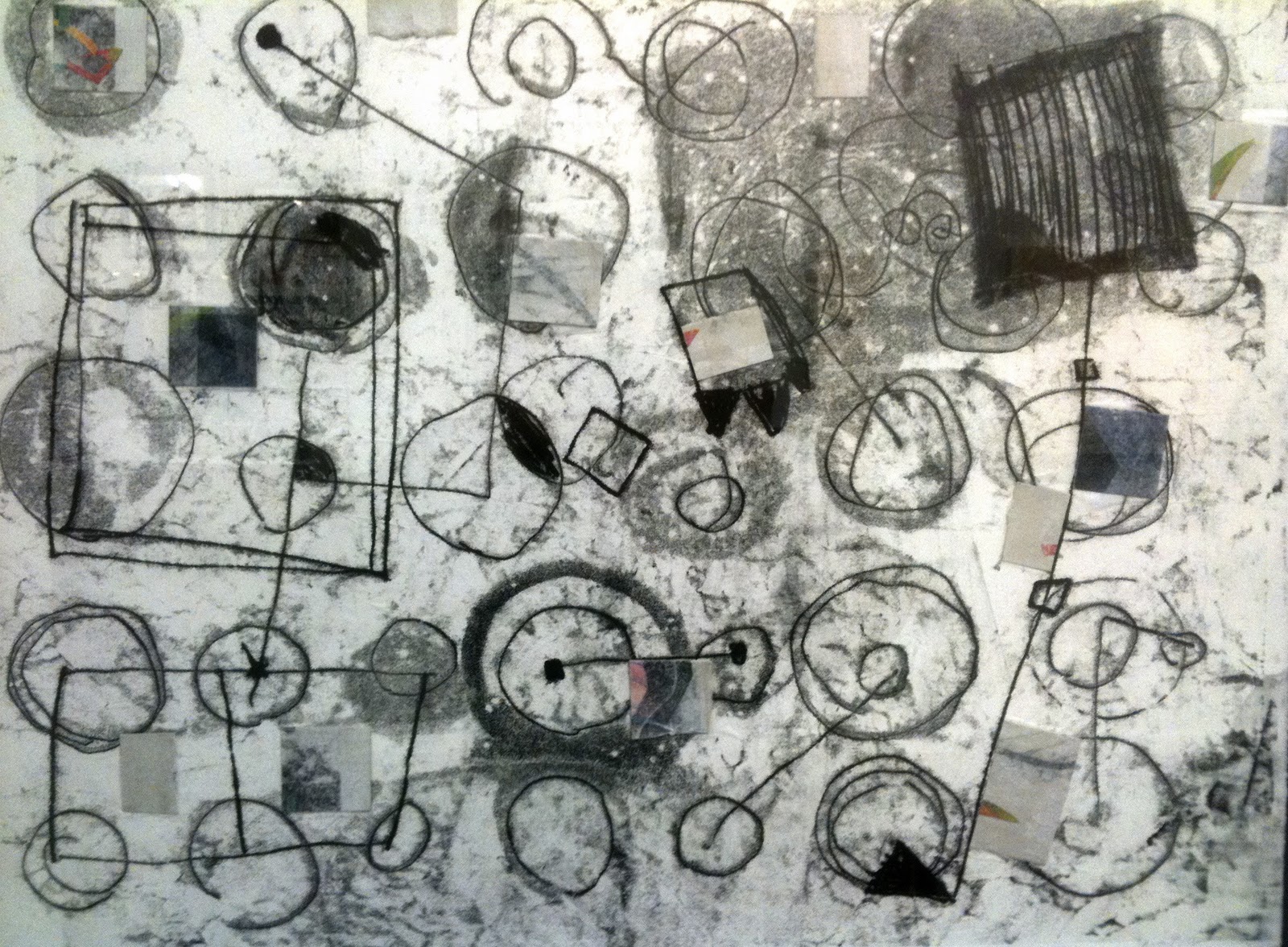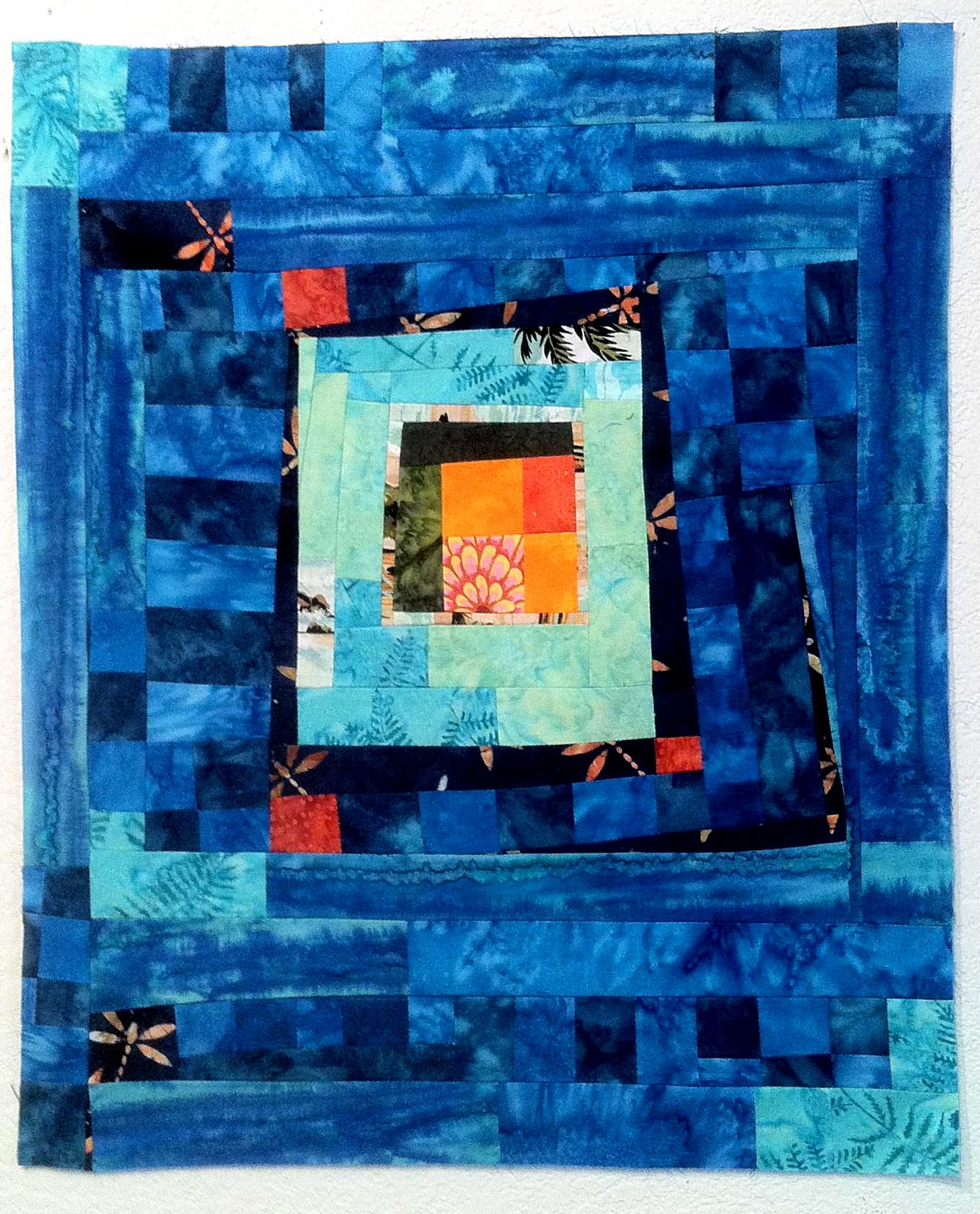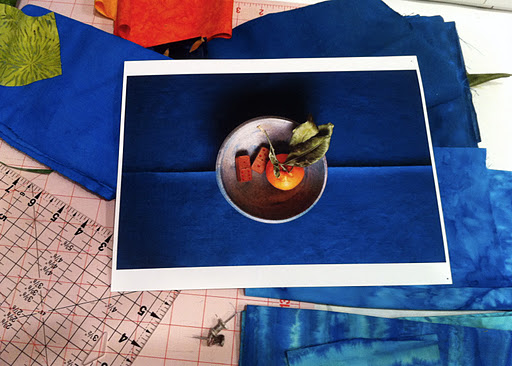I was reading one of my favorite blogs by Donna Watson, a post called The Search For Meaning: Self Awareness. The title alone called out to the mystic, the artist and the art therapist in me. As I read, I came to this question:
I eventually realized that there is more to a work of art. I wanted to find meaning in my work... I started making lists as I went deeper and identified my likes, my interests, and my strengths...Have you figured out your list?
As I read and looked at her images, it struck me that images themselves are a form of sanctuary for many of us--not only the creating of images, but the consequent viewing of our own and those of other artists.
Donna's words spoke to me. I've made plenty of To Do lists, mapping out my day, but never an accounting of where I find visual meaning. I wanted my list to include things that have inspired me through the years, things that fuel my work and which, I've discovered, help form my own inner strengths.
To that end, I'm making my list. I invite you to make your own and share it with us. 1. Quilts:
How I start to make a quilt, all I do is start sewing and it just comes to me. My daughter asked me the other day what I was making, and I said, "I don't know yet; I'm just sewing pieces together," and the quilt looked pretty good. No pattern. I usually don't use a pattern, only my mind. Lorraine Pettway, quilter 2. Sheer, unbridaled color:
 All colors are the friends of their neighbors and the lovers of their opposites. Mark Chagall
3. Mandalas:
All colors are the friends of their neighbors and the lovers of their opposites. Mark Chagall
3. Mandalas:
When I began drawing the mandalas, however, I saw that everything, all the paths I had been following, all the steps I had taken, were leading back to a single point-namely, to the midpoint...It is the path to the center, to individuation. C. G. Jung from Memories, Dreams and Reflections 4. Tree of Life:
Oh, I who long to grow I look outside myself, and the tree inside me grows. Ranier Marie Rilke 5. Indian gouache paintings:
Ancient Manuscripts:
Without traditional wisdom, the language would be but a skeleton without flesh, a body without a soul. Zulu proverb from South Africa












